In the ever-evolving panorama of worldwide politics, North Korea remains a consistent supply of intrigue and concern. Recent traits in the Korean Peninsula have yet again delivered this reclusive country into the spotlight. North Korea these days introduced the hit take a look at a brand new cruise missile, elevating questions about its military abilities and its effect on regional stability.
The news of North Korea’s cruise missile test broke while the state media stated the occasion, just a day after South Korea’s military had detected more than one cruise missile being fired into waters off the western coast of the Korean Peninsula. The timing of this statement is considerable because it comes amidst deepening tensions with the U.S. and neighboring international locations.
The Pulhwasal-3-31 Cruise Missile
North Korea discovered that the missile in query is named the Pulhwasal-3-31 and remains in its improvement section. According to the North’s official Korean Central News Agency, this missile is considered “strategic,” implying its capability to be used in sporting nuclear warheads. While the North claims that this launch does now not pose a risk to its associates, it has sparked issues among experts.
This current missile takes a look at marks North Korea’s 2nd acknowledged release event of the 12 months. Prior to this, on January 14th, the United States had check-fired its first strong-fuel intermediate-variety ballistic missile. These traits are part of North Korea’s efforts to strengthen its lineup of guns concentrated on U.S. Military bases in Japan and Guam.
North Korea’s cruise missiles are a great addition to its arsenal, designed to overwhelm missile defenses in South Korea and Japan. They supplement the United States’s current array of ballistic missiles, including intercontinental ballistic missiles able to reach the U.S. mainland.
A Stealthy Threat
One of the extremely good components of North Korean cruise missiles is their stealth capabilities. While these missiles aren’t without delay banned under U.N. Sanctions, specialists agree that they pose a critical danger to South Korea and Japan. They are designed to be harder to stumble on by using radar, and North Korea claims they’re nuclear-successful, with an anticipated variety of up to about 1,240 miles. This range consists of U.S. Military bases in Japan, heightening security worries inside the vicinity.
A Pattern of Testing
Since 2021, North Korea has carried out a minimum of 10 rounds of exams involving lengthy-range cruise missiles launched from each land and sea. These repeated checks are contributing to heightened tensions inside the region. North Korean chief Kim Jong Un has been accelerating his United States’s weapons development, making provocative threats of nuclear struggle with the United States and its Asian allies.
In reaction to North Korea’s actions, the U.S., South Korea, and Japan have multiplied their joint navy exercises. Kim Jong Un views those exercises as invasion rehearsals and uses them as a pretext to ramp up his navy demonstrations similarly.
Implications for America and South Korea
There are concerns that Kim Jong Un may additionally escalate tensions, in particular in an election 12 months in each the U.S. and South Korea. His relentless pursuit of army advancements has placed extra stress on North Korea’s already fragile economic system, which has been decimated with the aid of many years of mismanagement and U.S.-led sanctions because of its nuclear goals.
Kim’s latest complaint of officers for failing to offer basic necessities to humans in less evolved areas highlights the home challenges he faces. He has unveiled a 10-12 months plan for local improvement, aiming to build current factories nationally. However, the latest elimination of an image of reconciliation with South Korea and the harsh rhetoric directed at the South sign a departure from hopes of peaceful reunification.
Satellite pictures analyzed via The Associated Press propose that North Korea has torn down an extensive arch in its capital, which symbolized reconciliation with South Korea. Kim Jong Un’s announcement that North Korea is abandoning its long-status purpose of peaceful reunification with the South is a vast shift in the U.S. stance.
By diminishing South Korea’s impact and branding it as a hostile foreign adversary, North Korea can attempt to strengthen its function within the regional nuclear standoff. The remaining purpose might be to force direct negotiations with the U.S. because it seeks to solidify its nuclear status.
North Korea’s latest cruise missile test is a reminder of the continual challenges posed by this secretive state. As it continues to boost its navy abilities and interact in provocative movements, the security dynamics within the Korean Peninsula stay in flux. The United States, South Korea, and Japan have to cautiously navigate those tendencies to ensure regional balance while addressing North Korea’s ambitions.
This scenario underscores the significance of diplomacy, cooperation, and vigilance in dealing with the complex and ever-evolving dating with North Korea. It is a topic that demands the eye of policymakers and international analysts because the repercussions of North Korea’s movements enlarge ways beyond its borders.


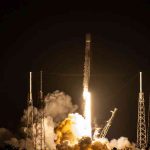









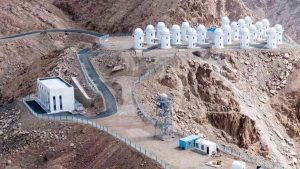
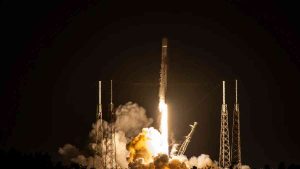



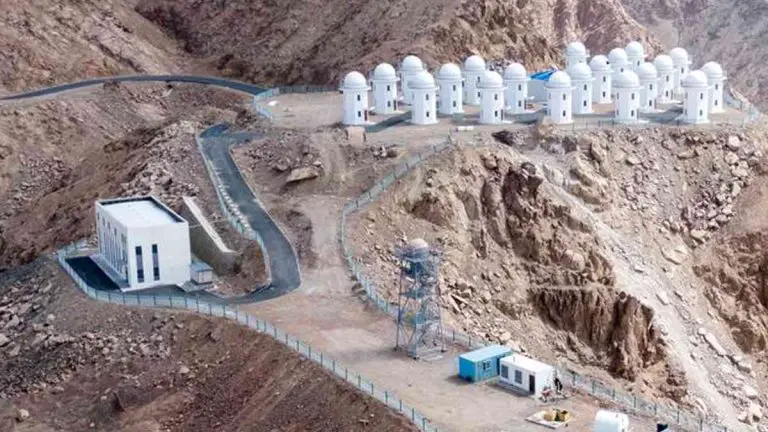
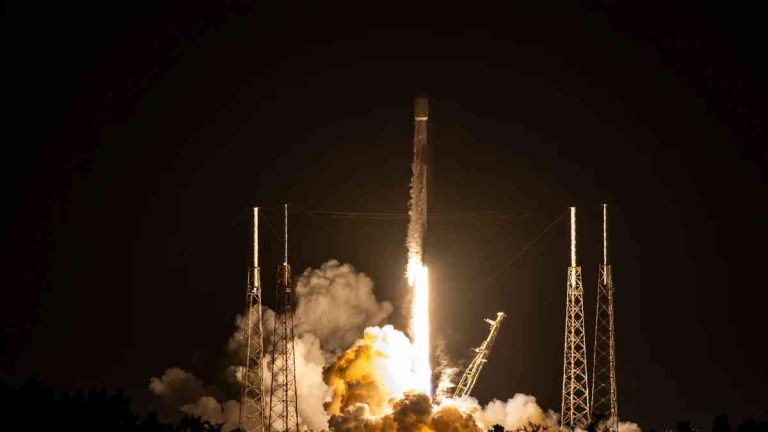



+ There are no comments
Add yours